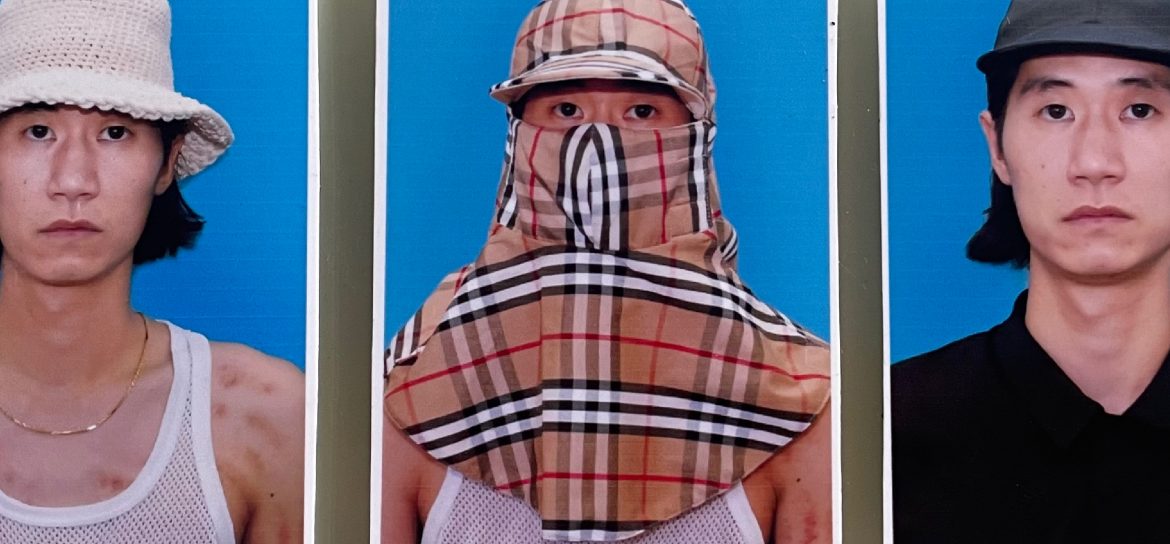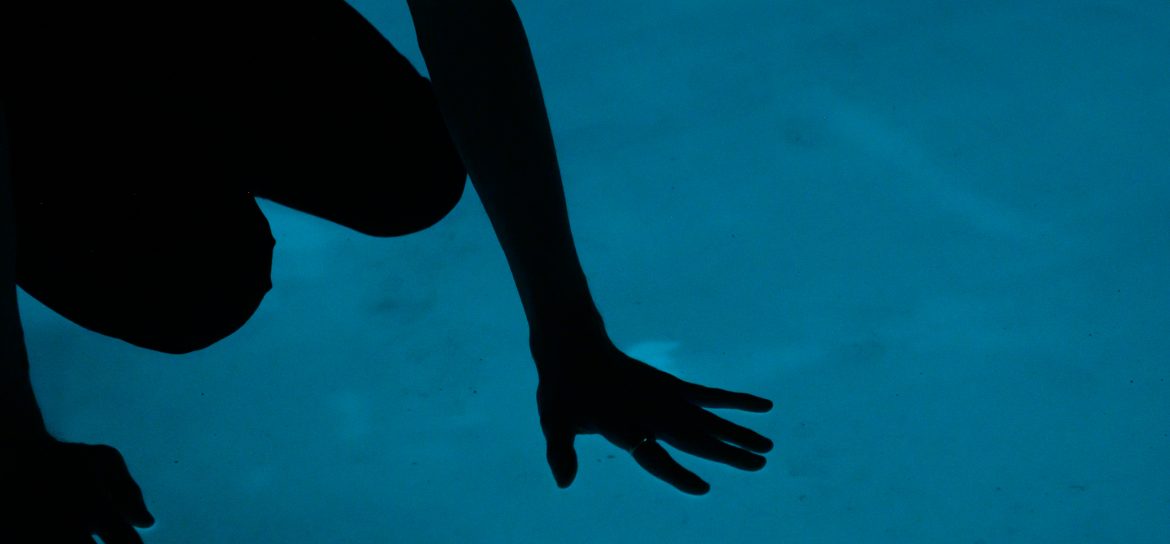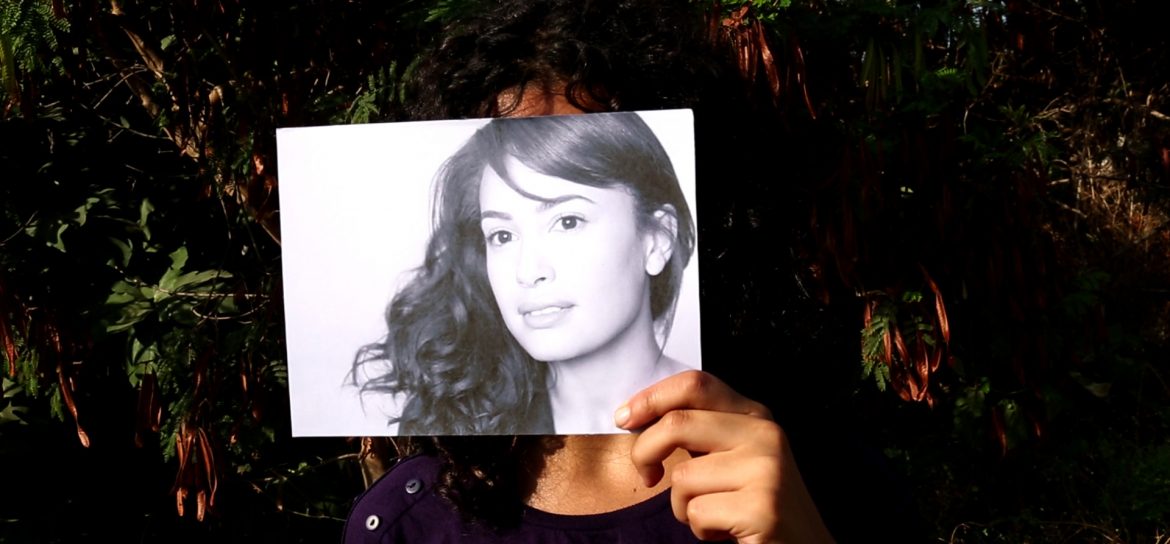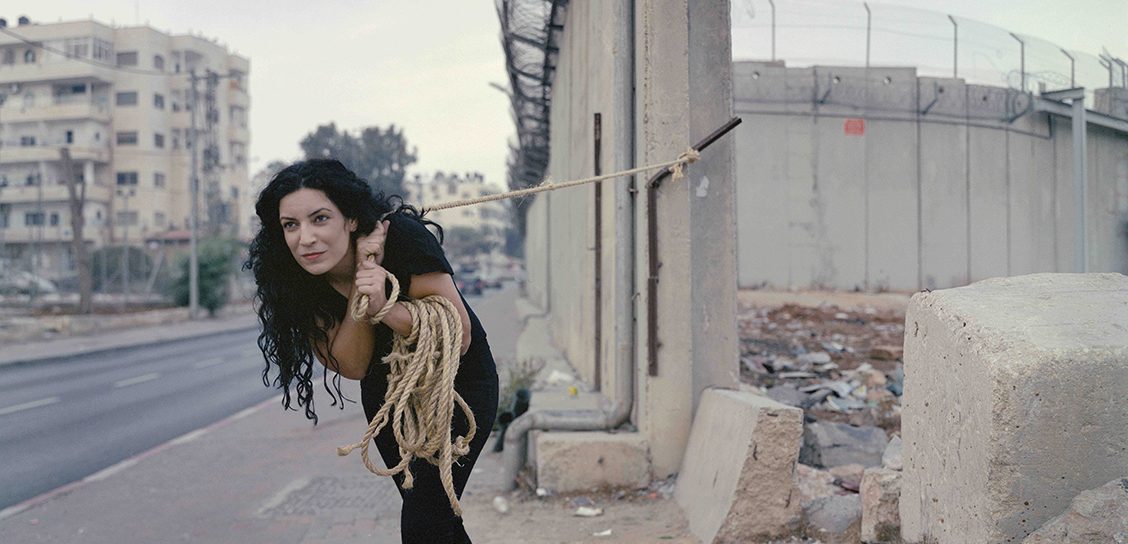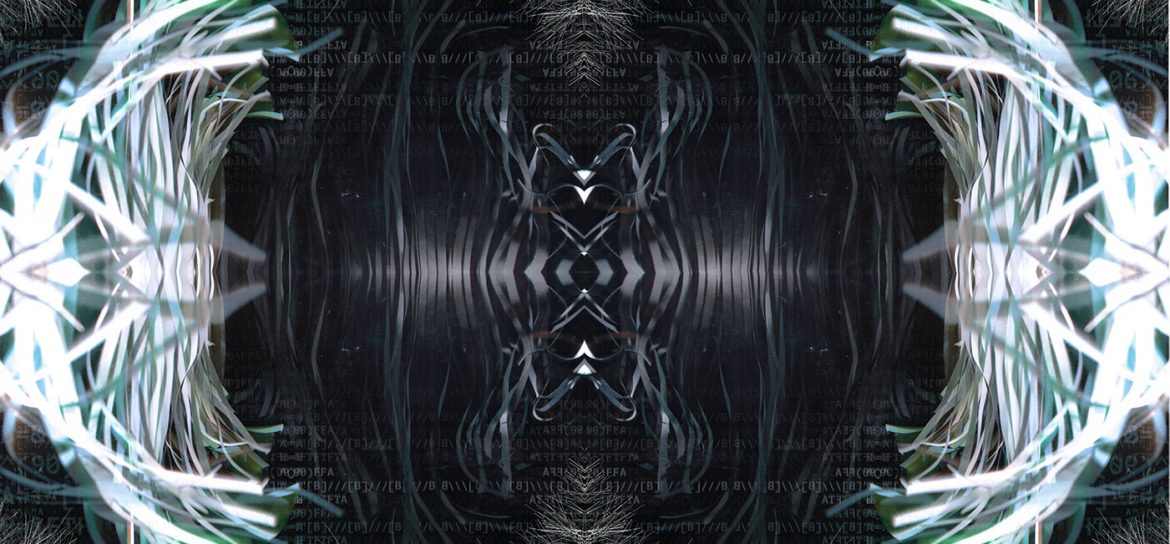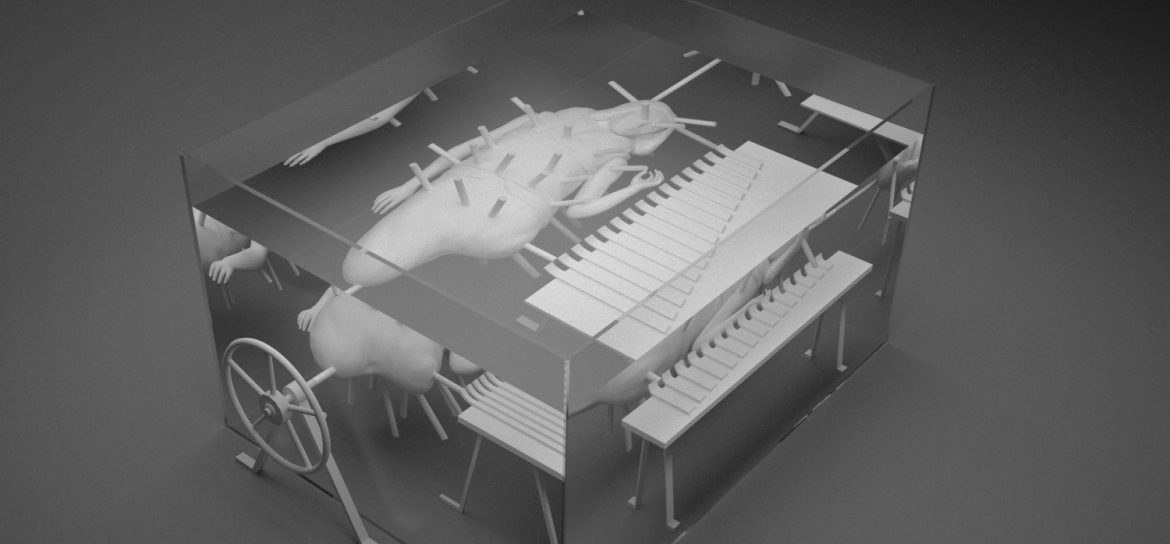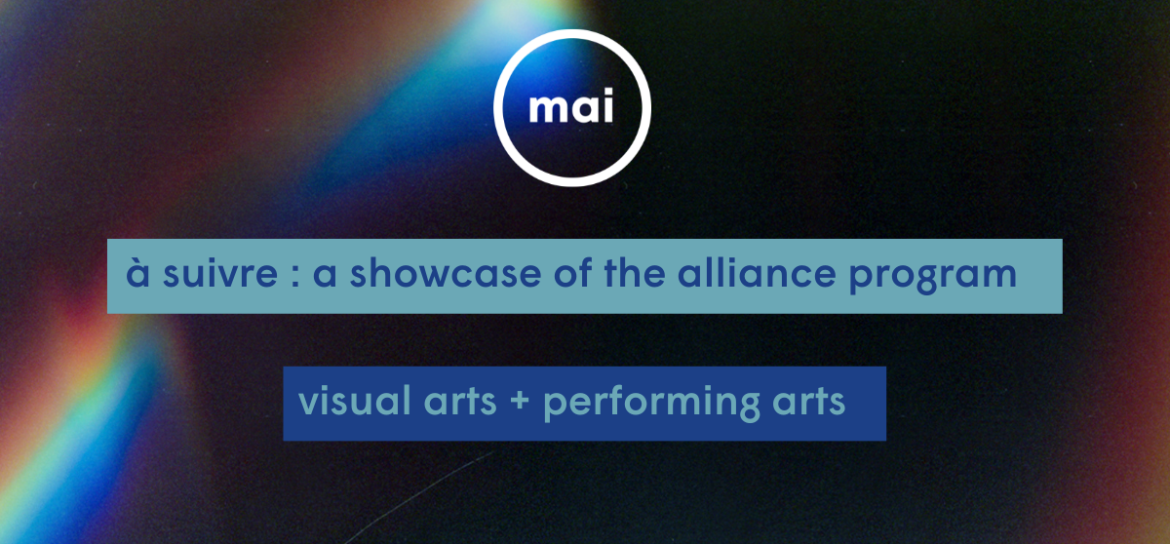
À suivre is a unique opportunity to discover what goes on behind the scenes at MAI (Montréal, arts interculturels), in the context of the Alliance program. Conceived in two distinct parts, this showcase illuminates the creative genius of artists working in visual and performing arts.
The first part of the event will take place in the MAI café-bar on November 15th, where artists Reihan Ebrahimi (21.22 cohort), Zahra BuAli (22.23 cohort), Marc-Alain Félix (22.23 cohort), Jongwook Park (22.23 cohort) and Hea R. Kim (21.22 cohort) will exhibit their work. An ASL and LSQ interpreter will be on-site to facilitate networking. Migration, the notion of rootedness and the quest for identity will weave the narrative thread of this exhibition.
The second part of the showcase will take place in the MAI theatre on November 17, with an evening dedicated to the performing arts. In the intimacy of the theatre, the public will be treated to performances by talents such as Willywonka (21.22 studio residency), Natsumi Sophia Bellali (22.23 cohort), Kozmic Joy (Joy Rider & Kozmic, 22.23 cohort), Myth (studio residency x Studio303, 22.23 cohort), & roots2reach (21.22 cohort). LSQ and ASL interpreters will be on site before the performances. Artist introductions and performances with dialogue will be interpreted in LSQ and ASL.
About Alliance
Hosting 10-15 artists, collectives and companies per year, Alliance is a unique support program conceived for artists from all fields who encounter systemic and structural obstacles. The program strives to eliminate barriers to their full participation in the arts by offering customized financial allocations and guidance that are adapted to the learning and creative needs and desires of each participant. Consult the alliance page for more information about the program.
À suivre : Visual Arts
Free entry
Opening: November 15th, 5pm
Exhibition: November 16th, 12pm to 6pm + November 17th, 12pm to 9:30pm
Accessibility: ASL + LSQ interpreters on-site during the vernissage
Artists: Reihan Ebrahimi, Zahra BuAli, Marc-Alain Félix, Jongwook Park et Hea R. Kim
→ More information on the works presented
À suivre: Performing Arts
November 17th, 7:30pm
Accessibility: LSQ + ASL interpreters on site before and during the performances
5$
Artists: Willywonka, Natsumi Sophia Bellali, Kozmic Joy (Joy Rider & Kozmic), Myth & roots2reach
performances and credits
✦ IN NA
— Willywonka
Credits:
Lighting Design: Laure Anderson, Sound Design: Maucina Sone, Costume Design: Joanna Gourdin, Outside Eye: Jean-Pierre Mecdy, Showcase Lighting Designer: Lee Anholt
✦ Salam Tata
— Natsumi Sophia Bellali
Credits:
Choreography: Natsumi Sophia Bellali in collaboration with Saxon Fraser, Original text: Natsumi Sophia Bellali with consultation of Solomon Krause-Imlach, Mentor: Saxon Fraser, Sound Design: Solomon Krause-Imlach, Lighting Design: Marguerite Hudon, Dramaturgy Consultants: Sarah Elkashef, Aki Matsushita, Outside Eye: Alida Esmail, Artistic Consultant: Yvon Soglo (Crazy Smooth), Signer for the opening: Ashley Hefnawy, Costume: Mayumi Ide-Bergeron, Showcase Lighting Designer: Lee Anholt
✦ Mad About The Girl
— Kozmic Joy (Joy Rider & Kozmic)
Credits:
Video: Becca Redden, Costume Design: Joy Rider, Performers: Marbella Carlos aka Joy Rider, Chloé Seyrès aka Kozmic, Showcase Lighting Designer: Lee Anholt
✦ Ode
— Myth
Credits:
Performer: Myth, Residency partner: Studio 303, Mentor: Shérane Figaro, Showcase Lighting Designer: Lee Anholt
✦ roots2reach
— Alida Esmail, Hodan Youssouf, Sophia Wright
Credits:
Co-creators: Alida Esmail, Sophia Wright, & Hodan Youssouf, Performer: Alida Esmail, Sound and Vibration Designer: Samuel Thulin, Costume: Nalo Soyini Bruce, Dramaturg: Fatma Sarah Elkashelf, Consultant in Deaf Culture: Daz Saunders, Showcase Lighting Designer: Lee Anholt

